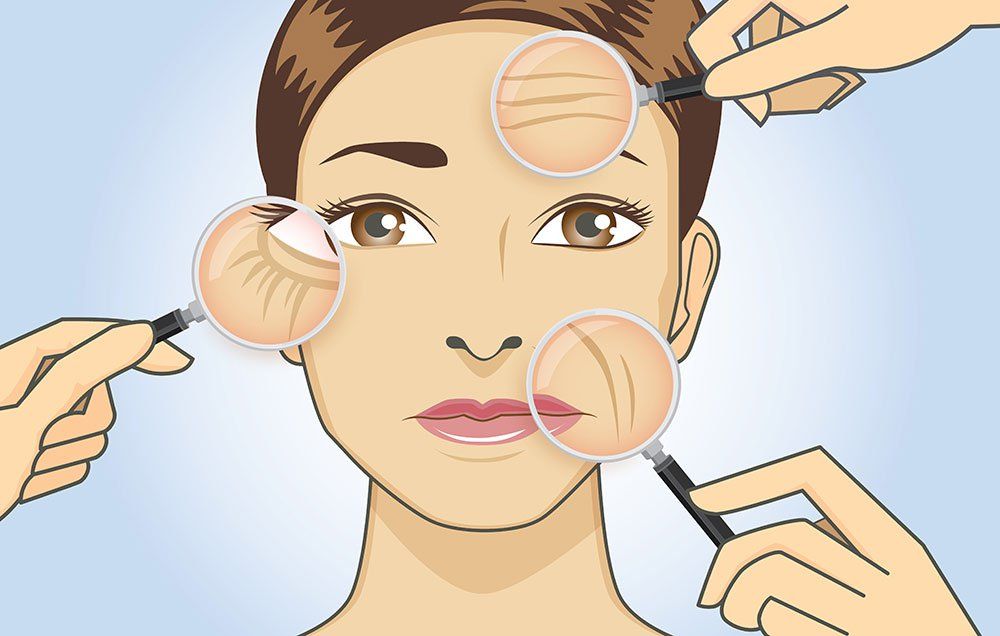Consult with a dermatologist specializing in mohs surgery for skin cancer treatment with high precision.
Consult with a dermatologist specializing in mohs surgery for skin cancer treatment with high precision.
Blog Article
Navigating Skin Cancer Therapy: The Essential Duty of Mohs in Modern Dermatology Practices
Skin cancer cells, a difficult diagnosis, often leaves individuals grappling with numerous treatment choices. As we discover the details of this procedure, one will certainly value its pivotal function in skin cancer cells treatment.
Comprehending Skin Cancer Cells: Types and Threats
Skin cancer cells, a possibly life-threatening malady, is even more common than many individuals recognize. This illness, triggered by the unchecked development of abnormal skin cells, primarily results from DNA damage because of exposure to the sunlight and ultraviolet (UV) light. There are 3 primary kinds of skin cancer: Basic cell cancer, Squamous cell carcinoma, and Cancer malignancy. While the former two are much less dangerous and compose the majority of identified cases, cancer malignancy is one of the most dangerous. It accounts for just about 1% of skin cancer cells cases but creates the substantial majority of skin cancer cells fatalities - hair loss. Danger aspects include reasonable skin, background of sunburn, excessive sun direct exposure, living at high altitudes or near the equator, having many moles, a family members history of skin cancer cells, and damaged body immune system.
What Is Mohs Surgery and How It's Changing Skin Cancer Cells Treatment
In spite of the various treatments presently readily available for skin cancer, Mohs surgical treatment stands out as a groundbreaking and extremely efficient solution. Called after Frederic E. Mohs, the doctor that developed the treatment, Mohs surgery is an accurate surgical method used to deal with skin cancer cells. This degree of precision, integrated with the ability to spare as much healthy cells as feasible, is reinventing skin cancer cells therapy.
The Benefits of Mohs Surgical Treatment Over Conventional Skin Cancer Therapies
Building on the cutting-edge nature of Mohs surgical procedure, it's essential to consider its many advantages over typical skin cancer cells therapies. Unlike basic procedures, Mohs uses a greater cure price, typically getting to 99% for novice therapies and 94% for frequent cancers. Additionally, it reduces damages to healthy and balanced skin, leading to much less scarring and boosted aesthetic end results.
The Treatment of Mohs Surgical Treatment: What to Anticipate During the Refine

Prospective Side Effects and Post-Operative Treatment of Mohs Surgery
Undergoing Mohs surgical procedure, like any other operation, includes prospective side effects that clients need to recognize. Usual adverse effects consist of discomfort, bruising, and swelling at the surgery website. However, these are normally momentary and convenient with non-prescription discomfort medicine and ice bag. In uncommon instances, clients might experience infection, bleeding, or an allergy to the anesthetic. Post-operative care is vital to recovery and lessening side impacts. This commonly entails keeping the wound tidy and completely dry, taking prescribed medications, and staying clear of exhausting activities. Clients should additionally attend all follow-up appointments for wound treatment and monitoring. In some instances, added treatments might be required to make sure total elimination of the cancerous cells. Following these post-operative care guidelines can significantly boost healing and results.
Conclusion

Report this page